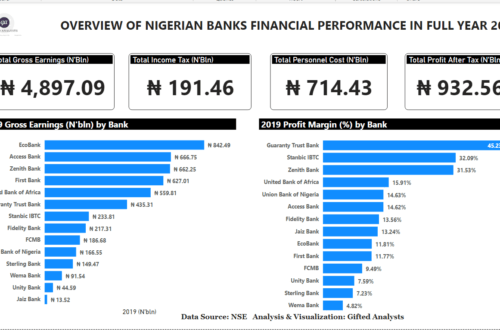
The Relationship between Wealth Management and Financial Instruments
Wealth management centres on multiplying the financial resources of individuals and institutional investors. The process of multiplying wealth is defined by the investment finesse of the wealth manager. In turn, the finesse of the wealth manager will usually be influenced by their ability to spot out suitable financial instruments and the diversification of the wealth portfolio across the various asset classes. Therefore, wealth managers with portfolios yielding low returns are either unaware of financial instruments with high risk-adjusted returns or fail to allocate their funds appropriately to latch onto returns on these instruments.
Although researches on wealth management and the relationship with financial instruments are scanty, the fact remains that there is a strong link between both variables. Moreover, the relationship is likely dynamic based on interactions between the different types of financial instruments (fixed income instruments, equities, derivatives, commingled investment and other structured financial products) and the various classes of investors (individuals, retailers, ultra-high net worth individuals, family offices and institutional investors). Thus, the objective of this article is to examine the choice of financial instruments by wealth managers based on the different classes of investors. The rest of this article explains the categories of investors, the different types of investments, the underlying principles on portfolio creation, matching specific financial instruments against investor types, underlying limitations and a conclusion.
There are three major classes of investors – the mass affluent, high net worth clients and ultra-high net worth clients. What defines the positioning of investors in any of these classes is the client’s investable asset and the peculiarity of services offered to them. The mass affluent clients are mostly retail clients who have an investment size of US$100,000 – US$1,000,000. Since it would generally make up most of the client portfolio, services offered to mass affluent clients are not differentiated and may be exempted from certain structured products. Robo-advisers are currently being adopted to cater to mass affluent clients, and they provide a generic service to all clients within this category. The high net worth clients typically have an investment size of US$1,000,000 – US$10,000,000 and are privy to specialized and differentiated service offerings and one-on-one investment consultations. Ultra-high net worth clients are at the peak of the pyramid with investable capital of over US$10,000,000. Clients in this category are unrestricted in terms of investment products and staff they can access.
Wealth managers adopt a wide range of financial instruments to grow the wealth of their clients. Broadly, financial instruments are classified into debt and equity instruments. Debt instruments include bonds and other fixed-income securities, while equity instruments are various types of shares and stocks. Beyond these two categories, wealth managers also invest in alternative instruments like currencies, real estate and commodities. They can also create derivative products on all the earlier-cited instruments to include in their portfolio.
There are underlying factors that determine the financial instruments utilized for specific investors. Among others, there are five main determining factors – return objective, risk objective, time horizon, liquidity constraint and any unique circumstances. The interaction of these five factors for a specific investor will help a wealth manager determine the client’s appropriate financial investment. Therefore, the guiding principle for the wealth manager is to consider all these factors, which are subsumed in the Investment Policy Statement (IPS), after consultation with, and approval from the client. The critical lesson for the investor is that there is flexibility in the choice of financial instruments for investors and this flexibility is a function of the five factors highlighted. Thus, the famous intuition that investors who desire a high return must invest in high-yield investment is not necessarily accurate; all other factors must be considered in deciding the optimal investment.
In matching investor types to financial instruments, the common trend is that wealth managers focus on short-term fixed-income instruments, particularly money market funds, and specific alternative instruments for mass affluent investor types. This is because most clients in this category are risk-averse, demand liquid investments and have a short investment horizon. In addition, mass affluent clients can gain exposure to other financial instruments through commingled investments like mutual funds and securitized investments. For high net worth and ultra-high net worth individuals, wealth managers typically create a diversified portfolio that addresses the investment policy statement of the investors. This means that the investors’ portfolio will feature equities, fixed income instruments, alternative instruments and derivatives in a manner that conforms to a strategic and tactical asset allocation plan. It is important to note that a well-diversified portfolio has a mix of different asset classes, achieves an optimal risk-adjusted return, and is frequently rebalanced and reconstituted as the need arises.
In conclusion, financial instruments are at the heart of wealth management. Wealth managers would typically have to understand the class of each investor and how they vary based on five key factors – return objective, risk objective, time horizon, liquidity constraint and any unique circumstances. The interaction of these five factors informs the choice of financial instrument for wealthy clients. The common trend is that mass affluent clients have their wealth portfolios biased to short term investments. In contrast, high net worth and ultra-high net worth individuals have more diversified portfolios tailored to their investment policy statements.




